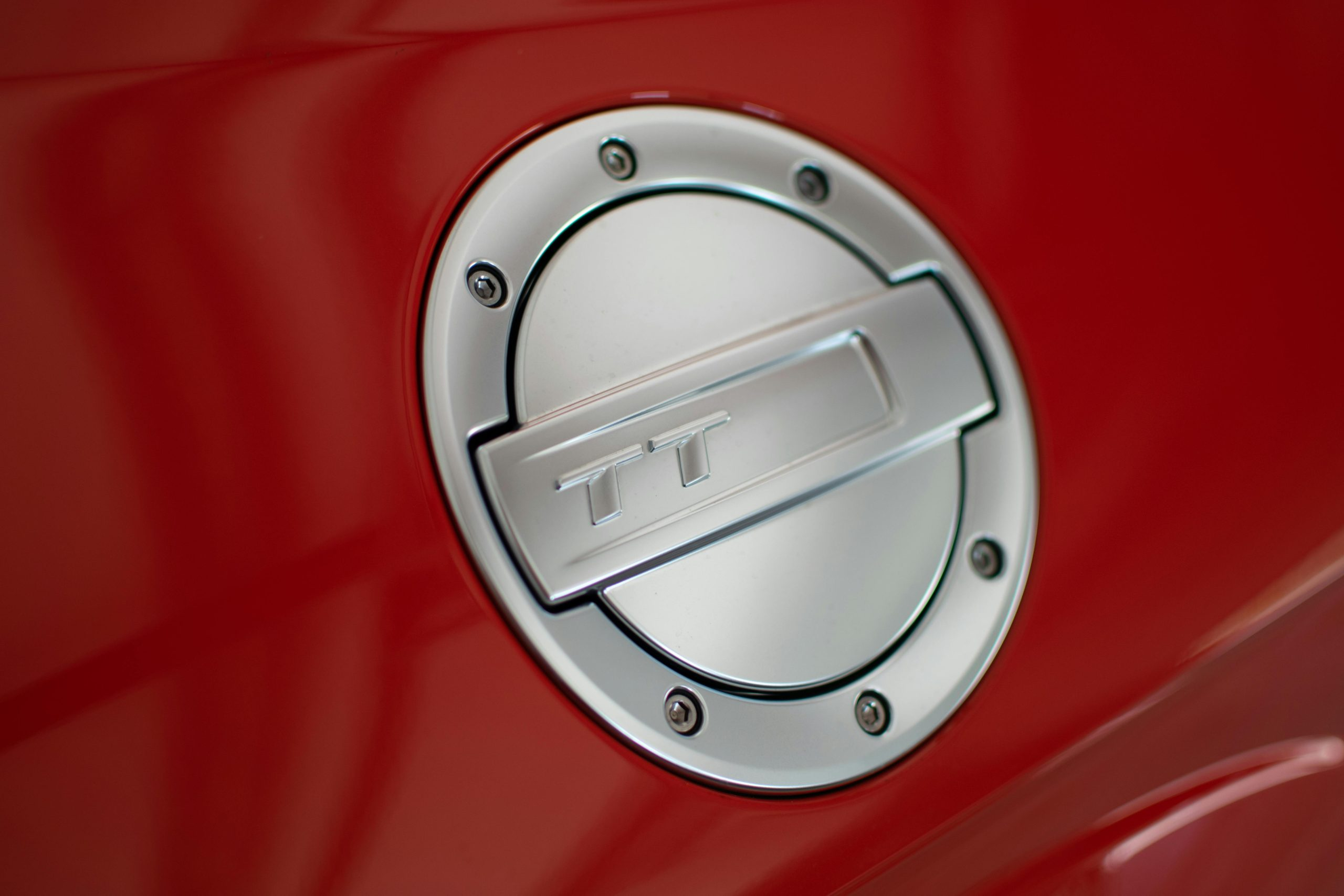The Role of Aerodynamics in Modern Vehicle Design
In today’s world, vehicle design is not just about aesthetic appeal and performance, but also about efficiency and sustainability. One of the key factors that contribute to these aspects is aerodynamics. The study of how air flows around objects, aerodynamics plays a crucial role in modern vehicle design. By optimizing the aerodynamics of a vehicle, manufacturers can achieve better fuel efficiency, improved handling, and reduced emissions. In this article, we will delve deeper into the role of aerodynamics in modern vehicle design and its impacts on the automotive industry.
The Importance of Aerodynamics in Modern Vehicle Design
Aerodynamics is a crucial aspect of modern vehicle design as it directly affects several performance parameters, such as speed, acceleration, and fuel consumption. By understanding and manipulating air flow, engineers can design vehicles that are faster, more efficient, and safer to drive. Additionally, the use of aerodynamics is also essential in reducing the environmental impact of vehicles through lower emissions.
Improving Fuel Efficiency
Aerodynamics plays a significant role in improving the fuel efficiency of vehicles. As air resistance or drag is one of the leading factors that affect a vehicle’s performance, reducing it can result in better fuel economy. Engineers use various techniques, such as streamlining the vehicle’s shape and minimizing surface protrusions, to reduce drag. For instance, modern cars are designed with sleek, curved shapes that allow air to flow smoothly around them, thereby reducing drag and improving fuel efficiency.
Enhancing Handling and Stability
Aerodynamics also plays a vital role in enhancing a vehicle’s handling and stability. By manipulating air flow, engineers can improve a vehicle’s downforce, which helps the vehicle stay planted to the ground, especially in high-speed turns. With better downforce, vehicles can achieve higher levels of grip and stability, resulting in improved handling. This is particularly important in sports cars and high-performance vehicles, which require superior handling and stability for optimal performance.
Reducing Emissions
In recent years, there has been a growing concern about the environmental impact of vehicles, especially in terms of carbon emissions. Aerodynamics can play a significant role in reducing a vehicle’s emissions by improving its overall efficiency. As mentioned earlier, reducing drag can improve a vehicle’s fuel economy, resulting in lower emissions. Additionally, by optimizing air flow, engineers can also reduce the vehicle’s weight, which further contributes to reducing emissions.
The Impact of Aerodynamics on the Automotive Industry
The use of aerodynamics in modern vehicle design has had a significant impact on the automotive industry. With stricter regulations on emissions and the increasing demand for fuel-efficient vehicles, manufacturers are constantly looking for ways to improve their designs. As a result, aerodynamics has become an integral part of the design process, with engineers constantly seeking innovative ways to reduce drag, improve efficiency, and enhance performance.
Moreover, with advancements in technology, computer simulations and wind tunnel testing have enabled engineers to fine-tune their designs for maximum aerodynamic performance. This has not only led to improved efficiency and performance but has also reduced the time and cost involved in the design process.
Conclusion
Aerodynamics is a crucial aspect of modern vehicle design that has a significant impact on its overall performance and efficiency. By understanding how air flow affects a vehicle, engineers can optimize the design to achieve better fuel efficiency, improved handling, and reduced emissions. With the automotive industry constantly evolving, aerodynamics will continue to play a vital role in the development of efficient, sustainable, and high-performing vehicles.
From streamlining the shape and minimizing drag to enhancing handling and reducing emissions, the role of aerodynamics in modern vehicle design cannot be overstated. As technology and research progress further, we can expect to see even more advancements in aerodynamic design, leading to even more efficient and environmentally friendly vehicles.











